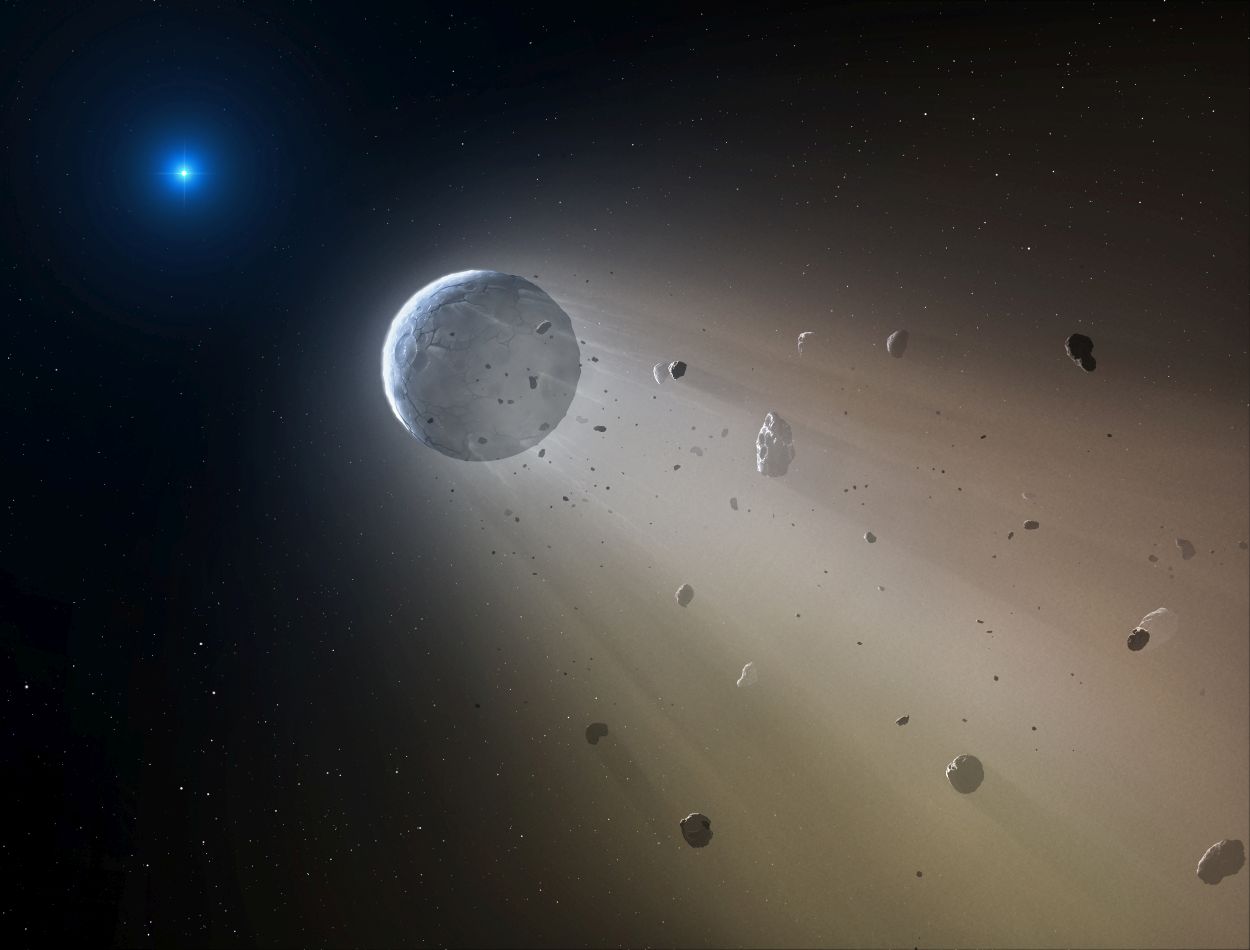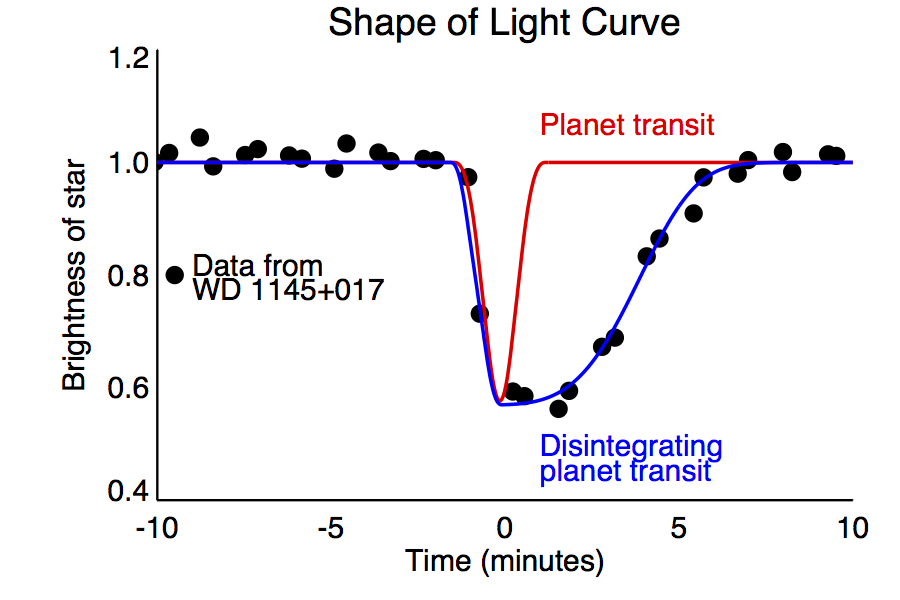Transit of minor planets
An asteroid transit from the sun takes place when a small asteroid crosses the line joining the sun and the earth. Seen from Earth, while the asteroid hides a small part of the solar disc and pulls as small black disc over the latter.
Observation
An asteroid transit is relatively difficult to observe and does not come necessarily frequently, even though there are many asteroids. Most asteroids orbit the Sun in the asteroid belt located between the orbits of Mars and Jupiter. Because the earth is the sun at a distance smaller than the orbiting Mars, the trajectories of these asteroids do not cross the connecting line between the earth and the sun. Consequently, they can not be observed from the sun disc even from Earth.
Furthermore, the size of the asteroids is usually very small and usually at most a few kilometers in diameter. On the other hand, the distance between the Earth and an asteroid is relatively large in transit. Thus, the asteroid only covers a very small part of the solar disk and is extremely difficult to make out against the bright rest of the solar disk. Thus, the larger the asteroid, and the smaller its distance from the Earth during its passage, the greater is the likelihood that he will be just observable. However, no such asteroid passages have been observed up to the present. For this reason, the observed time and again in the 19th century passages alleged intramerkurieller planets can not be interpreted as asteroid transits.
For an observation is exacerbated that the orbital plane of an asteroid often has an angle to the orbital plane of the Earth, which are the frequency of the need constellation, Earth and asteroid and sun a straight line is greatly reduced.
Examples of asteroid transits
On 16 May 1990, the asteroid 3838 Epona (1986 WA provisional identification) passed by at a distance of 0.53 AU to Earth from the sun with a diameter of 2.5 kilometers. From the Earth seen from the angular diameter was this planetoid only 7 milliarcseconds, which is too small even for an observation with large telescopes.
So far only two passes were predicted by planetoid For the period between 2005 and 2020. The asteroid 30825 (TG1 1990) flew on 14 April 2005 from the sun and had an angular diameter of about 0.05 ". September 24, 2007 entered in 2101 Adonis with an angular diameter of about 0.005 " from the sun over. Because of the small angular diameter were not expected to be able to observe these passages.
Among the types of asteroids that could seen from Earth pass in front of the sun, are asteroids of the Aten class, including the asteroids of Apohele class and the hypothetical intramerkuriellen Vulcanoidoiden and some asteroids Apollo-class, possibly including quasi-satellite of the Earth.
In contrast, asteroid transits should occur much more frequently for an observer on Jupiter because Jupiter's orbit lies beyond the asteroid belt. For example, the asteroid is 4 Vesta, on January 4, 2044 draw away a possible observer on Jupiter as an object with 0.24 " angular diameter of the solar disk.
Comets
Even comets from the sun can pass, such as Halley's Comet on May 19, 1910. This transit but had not been predicted. Only after the Transit had already taken place and the orbit of the comet was calculated, this transit could be subsequently confirmed. Nevertheless, some observers later claimed to have seen the comet during transit. However, these observations appear doubtful.
Other examples of a transit comet C/1819 N1 are the (aka 1819 II or the Great Comet of 1819) and C/1882 R1 ( Great September Comet ).
Comparison with a solar eclipse
In principle, an asteroid transit is the same process as a solar eclipse, when the moon is the connecting line between the earth and the sun off, only that the moon revolves around the earth, is much larger and much closer, which he of in such a passage of earth seen the entire solar disk can cover, but does not have (see also umbra and penumbra ) and also not a solar eclipse produces at every new moon, and also its orbital plane around the Earth has a small angle to the orbital plane of the earth around the sun.
Mercury and Venus transits correspond to phenomenological asteroid transits far better since they only cover a small part of the solar disk, but the angular diameter of Mercury and Venus ( with 60 "or 13" ) is much greater than that of the asteroid at a transit (between 0, 01 " and 0.0001 ").
Transits in front of the moon
It is in principle possible that asteroids pass on tracks which cross the Earth's orbit, in front of the moon. Such events are likely to be very rare, as only very rarely asteroid earth closer than the moon. Until now, few such approaches are known in which there has been no lunar transit. A transit of an asteroid before the moon is likely to be observed with a larger telescope, because an asteroid with diameter of 25 meters into 100,000 km an apparent diameter of 0.1 has. " Until now no asteroids transit demonstrably been observed before the moon, it are, however, individual monitoring reports that were classified as UFO message.
- Celestial mechanics










